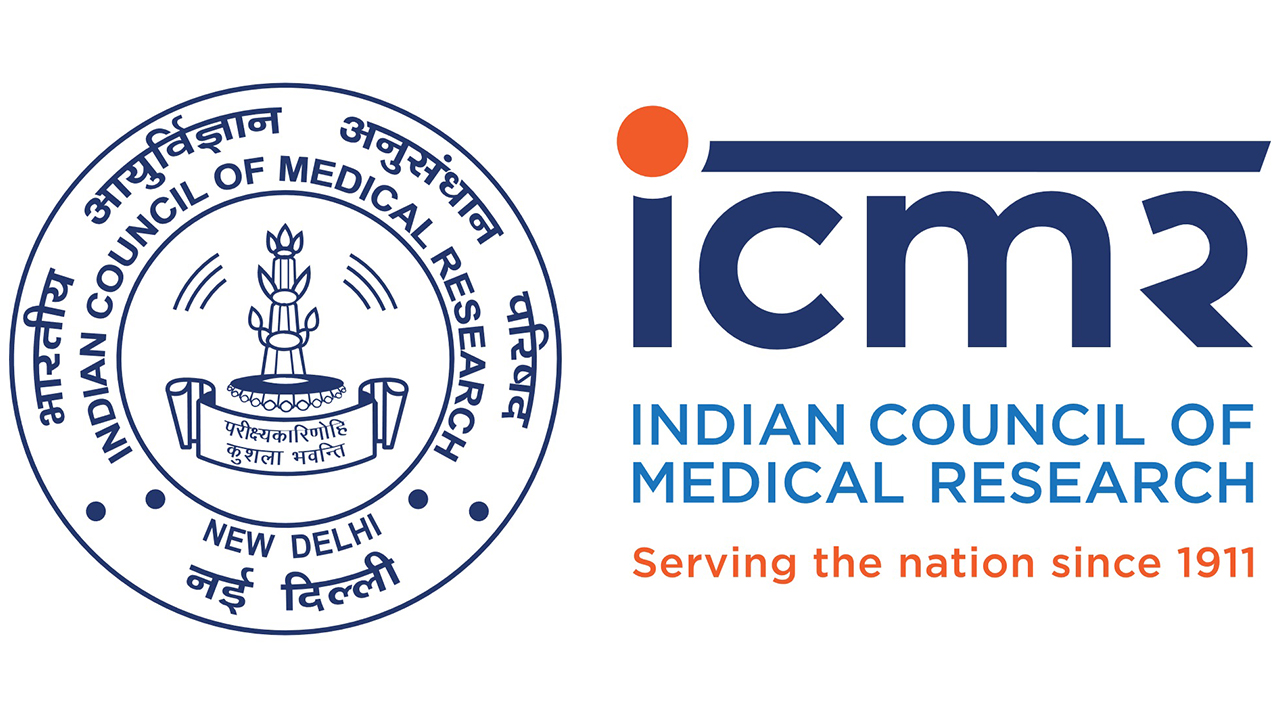In 2017, 197.3 million Indians (14.3% of the total population) were suffering from various mental disorders. Of these, 45.7 million had depression and 44.9 million had anxiety disorders. The contribution of mental disorders to the total disease burden in India in terms of DALYs increased from 2.5% in 1990 to 4.7% in 2017. Mental disorders were the leading contributor in India to years lived with disability (YLDs), contributing 14.5% of all YLDs in 2017.
Depression contributed 33.8% of all mental disorder in India, followed by anxiety disorders (19.0%), idiopathic developmental intellectual disability (10.8%), and schizophrenia (9.8%). Among the major mental disorders that manifest predominantly during adulthood, the prevalence of depression was 3.3%, anxiety disorders 3.3%, bipolar disorder 0.55%, and schizophrenia 0.25%. Among the mental disorders that have onset predominantly during childhood and adolescence, the prevalence for idiopathic developmental intellectual disability was 4.5%, conduct disorder 0.80%, attention-deficit hyperactivity disorder 0.42%, and autism spectrum disorders 0.35%.
The prevalence of predominantly childhood and adolescent onset mental disorders was higher in the less developed northern states, and that of the mental disorders manifesting predominantly during adulthood higher in the more developed southern states.
There was a significant association between the prevalence of depression and suicide death rate at the state level, with this association slightly stronger in females than in males. ï‚· The prevalence of depression, anxiety disorders, and eating disorders was significantly higher among females, and the prevalence of conduct disorder, autism spectrum disorders, and attention-deficit hyperactivity disorder was significantly higher among boys. The prevalence of depressive disorders increased with age in India in 2017, with the highest prevalence in elderly while the burden of mental disorders which manifest predominantly during adulthood increased in India from 1990 to 2017.

 One in seven has mental disorder in India
One in seven has mental disorder in India




.jpeg)
.jpeg)
.jpeg)

.jpeg)
.jpeg)
.jpeg)
.jpg)
.jpeg)
.jpeg)





.jpeg)

.jpeg)








